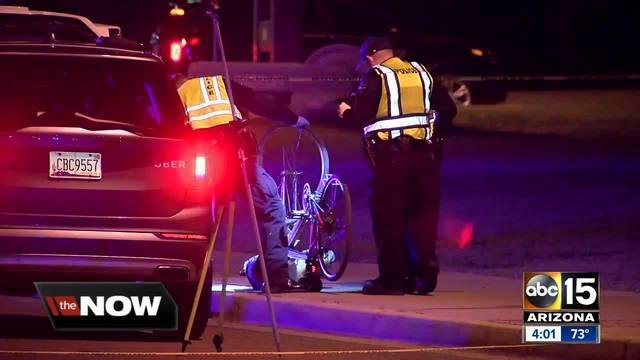Note: GJEL Accident Attorneys regularly sponsors coverage on Streetsblog San Francisco and Streetsblog California. Unless noted in the story, GJEL Accident Attorneys is not consulted for the content or editorial direction of the sponsored content.
If you've ever sat near the front of a modern passenger train, you may have heard an occasional bell or buzzer coming from inside the driver's compartment. The bell is part of an electronic safety tool called a "Vigilance" or "Automatic Warning" system. When that bell sounds, train drivers have a few seconds to take certain steps, such as apply the brakes or push a button, to confirm that they are alert and doing what they're supposed to do.
If they don't, computers intervene and stop the train. This is a big part of the reason, despite some recent and well-publicized crashes, that trains are far safer than automobiles.
California's roads remain deadly, in ways that would never be tolerated if cars were regulated with the same kind of vigilance that is applied to rail or aviation. 3,680 people died in 2016 on California's roads and highways. And yet last month the Department of Motor Vehicles (DMV) Director Jean Shiomoto decided it would be a good idea to give autonomous car (AV) makers permission to test robot cars on city streets without a backup driver behind the wheel. “Safety is our top concern [emphasis added]," she wrote in the announcement.
Shiomoto's disconnect was underscored yesterday by the death of Elaine Herzberg, who was walking her bike across a street in Tempe, Arizona when she was fatally struck by an autonomously driven Uber SUV.
It's unclear if a human driver could have done anything to avoid the crash. That said, the Tempe police said the car was going 38 mph in a 35 mph zone; that's not the first time an Uber driverless car has broken the law or put lives in danger. [CORRECTION: Early reports that the car was speeding were wrong, apparently].
Instead of allowing AV companies to experiment with driverless cars on public streets, the DMV should require these companies to develop technology akin to vigilance systems for trains. In other words, use AV technology to assure that humans drive safely.
First, the DMV should work with AV developers on tech to make sure human drivers don't speed or run stop signs or red lights. They can work on tech that will set off an alarm if the motorist starts texting or otherwise not paying attention. Why can't the DMV work with transportation network companies (TNC), such as Uber and Lyft, to suspend the license of drivers who break the speed limit, block bike lanes, or violate crosswalks? Obviously, the TNCs already know where their cars are, what they're doing, and who is driving.
The DMV can then require companies to develop technology that can take over control of a car if a motorist shows signs of being incapacitated, starts driving erratically, is texting or otherwise distracted, or runs a red light. Later versions could have enough aptitude to pull over to a safe location, turn off the engine and disable the ignition, and signal the police. Eventually, these safety features could be required for a car to operate legally in California.
Some cars already have features such as lane assist and automatic braking. These are a step in the right direction when they're designed to set off an alarm and warn a driver who seems to be losing focus. But they're obviously not required and some, such as Tesla's Autopliot system, seem engineered to encourage distracted driving instead of preventing it.
In the rail industry, vigilance systems were designed to assure that trains were operated safely by their human drivers. But eventually, these systems evolved to the point that they could take over train operation almost entirely--and after decades of trial and error, there are now many transit systems where the human operators were finally removed.
DMV regulations should require AV developers to follow this model; government and developers can work together to create technology and legal frameworks that assure that human drivers drive safely.
Then, and only then, should we be talking about allowing fully autonomous cars on public streets.






